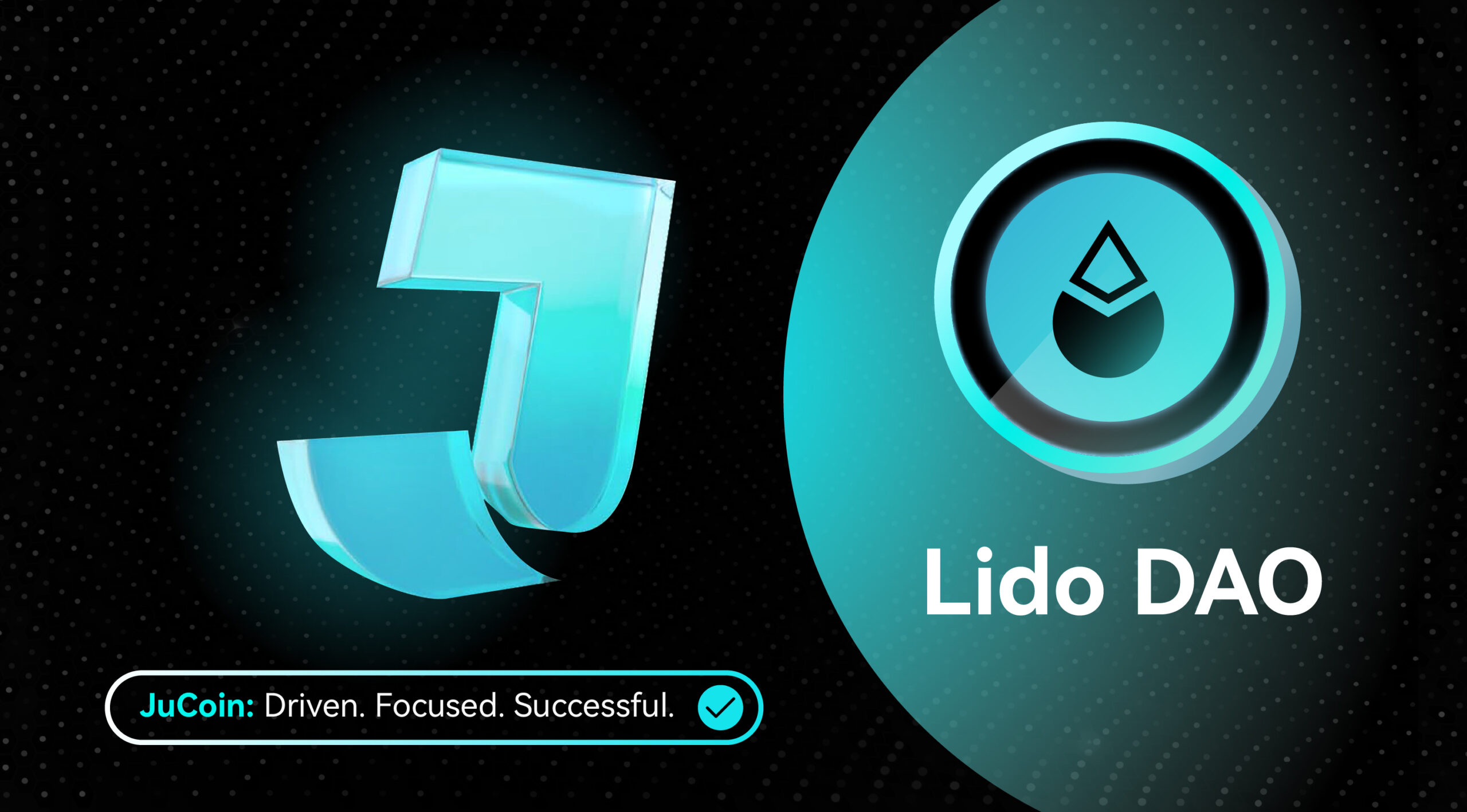
Key Takeaways
- Lido DAO is a liquid staking protocol that allows users to stake their cryptocurrency while maintaining liquidity through derivative tokens like stETH.
- LDO serves as the governance token, enabling holders to vote on key protocol parameters, fee structures, and node operator selection.
- Founded in December 2020, Lido has become the largest liquid staking provider for Ethereum, with over $15 billion in total value locked.
- The protocol solves the illiquidity problem of traditional staking by issuing tokenized representations of staked assets that can be used in DeFi applications.
- Lido is actively expanding its decentralization through initiatives like the Simple DVT module and Community Staking Module planned for full implementation by end of 2025.
Lido DAO represents a significant innovation in the cryptocurrency staking landscape, revolutionizing how users interact with proof-of-stake networks. As a decentralized autonomous organization (DAO), Lido provides a liquid staking solution that allows users to stake their tokens while maintaining liquidity—solving one of the fundamental challenges of traditional staking models. The protocol, primarily known for its Ethereum staking service, has recently expanded its functionality with the deployment of its Simple DVT module in April 2024, marking a major step toward greater decentralization of validator operations.
Lido’s native token, LDO, serves as the governance mechanism for the protocol, allowing token holders to vote on crucial parameters such as fee structures, validator selection, and protocol upgrades. As of April 13, 2025, LDO is trading at approximately $0.73, with a circulating supply of 897.9 million tokens and a market capitalization of around $655.8 million, positioning it among the top 100 cryptocurrencies by market value.
What Is Lido DAO?
Lido DAO is primarily a liquid staking solution for Ethereum and other proof-of-stake blockchains such as Polygon. The protocol emerged in response to the limitations of traditional staking models, particularly the illiquidity of staked assets and high minimum staking requirements. Lido’s core innovation lies in its ability to issue derivative tokens (such as stETH for Ethereum) that represent a user’s staked position, allowing them to participate in network validation while maintaining liquidity.
The platform was conceived as a solution to inefficiencies in early ETH staking solutions on Ethereum’s Beacon Chain. Before Lido, users who wanted to stake ETH faced significant barriers: they needed a minimum of 32 ETH to operate a validator, had to possess technical knowledge to set up and maintain validator nodes, and their staked ETH was locked and unusable in other applications. Lido addressed these issues by pooling user funds to operate validators collectively and issuing liquid staking derivative tokens that can be used across DeFi protocols.
Operating as a decentralized autonomous organization, Lido’s governance and operational decisions are made through voting by LDO token holders. This approach ensures that the protocol remains community-driven while maintaining the flexibility to adapt to changing market conditions and user needs. The DAO structure allows for a wide range of stakeholders to participate in decision-making processes, fostering a more inclusive and decentralized staking ecosystem.
Who Is Behind Lido DAO?
Lido DAO was co-founded in 2020 by Jordan Fish (also known as CryptoCobain), Vasiliy Shapovalov, and Konstantin Lomashuk. The founding team identified the crucial problem of illiquidity in staking and set out to develop a solution that would allow users to participate in network security while retaining capital efficiency.
The project has garnered support from numerous well-established organizations and individuals in the cryptocurrency industry. Backers include P2P Capital, Libertus Capital, and Bitscale Capital, along with several individual angel investors who saw the potential in Lido’s approach to liquid staking. This strong backing provided the project with the resources needed to develop its innovative staking solution.
In December 2020, the founding team raised $2 million to continue building the protocol, which subsequently launched on the Ethereum network on December 18, 2020. Since then, Lido has expanded its operations significantly, adding support for multiple blockchain networks and continuously enhancing its governance structure and technical capabilities through the efforts of its growing community of contributors and node operators.
How Lido DAO Works: A Technical Explanation
Lido’s technical architecture centers around a smart contract system that enables users to stake their tokens and receive liquid staking derivatives in return. When a user stakes ETH through Lido, for example, they receive stETH tokens on a 1:1 basis. These stETH tokens represent both the original staked ETH and the staking rewards that accrue over time, with the value of stETH gradually increasing relative to ETH as staking rewards accumulate.
The protocol utilizes a network of node operators who are responsible for running validator nodes on supported networks. These operators are carefully selected through the DAO’s governance process, ensuring that they meet stringent security and reliability requirements. Lido’s approach distributes staked assets across multiple node operators, enhancing security through diversification and reducing the risk of centralization.
One of Lido’s key innovations is its staking router, introduced in the V2 upgrade in May 2023. This smart contract distributes stake and rewards among Lido’s node operators according to governance-defined parameters. The system is designed to balance efficiency, security, and decentralization, allowing for the addition of new modules like the Simple DVT (Distributed Validator Technology) module deployed in April 2024, which further decentralizes validator operations.
For users, the process is straightforward: they deposit their tokens into Lido’s smart contracts and immediately receive the corresponding liquid staking tokens. These tokens can then be used across the DeFi ecosystem; they can be lent, borrowed against, provided as liquidity, or used in yield farming strategies. This capability dramatically enhances capital efficiency compared to traditional staking, where assets would otherwise remain locked and unutilized beyond earning staking rewards.
Current Status of Lido DAO In The Wider Ecosystem
Lido has established itself as the dominant liquid staking protocol in the cryptocurrency ecosystem, particularly within the Ethereum network. As of April 2025, Lido accounts for a substantial portion of all staked ETH, demonstrating the strong market demand for liquid staking solutions. The protocol’s total value locked (TVL) exceeds $14.7 billion, making it one of the largest DeFi protocols by this metric.
In the broader staking ecosystem, Lido has significantly lowered the barriers to entry for participating in network security. By eliminating minimum staking requirements and technical hurdles, Lido has enabled a more diverse range of users to contribute to blockchain security and earn rewards. This democratization of staking has positive implications for network decentralization and security.
Lido’s influence extends beyond just staking services. The widespread adoption of liquid staking derivatives like stETH has created an entirely new category of assets within the DeFi ecosystem. These derivatives are integrated into numerous lending platforms, automated market makers, and yield aggregators, demonstrating Lido’s role in fostering innovation and interoperability within the broader cryptocurrency market.
The protocol’s governance model has also served as a reference point for other DAOs in the space. Lido’s governance process requires a minimum of 5% of the total LDO token supply to vote for proposals to pass, with most approved votes accumulating between 5-6% of total votes. This approach to decentralized decision-making, with its emphasis on transparency and community participation, has influenced governance structures across the DeFi landscape. The project’s continued push toward greater decentralization through initiatives like the Community Staking Module reinforces its commitment to the core principles of decentralized finance.
Lido DAO’s Price Journey
LDO, the governance token of Lido DAO, has experienced significant price volatility since its introduction. The token reached its all-time high of approximately $7.30 in August 2021 during the broader cryptocurrency bull market. This peak represented substantial growth from its initial trading prices and reflected growing recognition of Lido’s importance in the Ethereum ecosystem as the network prepared for its transition to proof-of-stake.
Following this peak, LDO experienced a decline in line with the broader market correction in late 2021 and throughout 2022. The token’s price was further affected by the general DeFi market downturn and specific challenges related to the collapse of some major crypto projects during this period. Despite these challenges, Lido continued to attract users to its platform, with its total value locked remaining relatively stable even as token prices declined.
As of April 13, 2025, LDO is trading at around $0.73, which represents a significant recovery from its all-time low of approximately $0.41 reached in June 2022. This price movement reflects both broader market conditions and growing confidence in Lido’s long-term value proposition as the protocol continues to expand its capabilities and user base.
Current Data & Interesting Statistics About Lido DAO
- Total Value Locked (TVL): $14.79 billion as of April 2025, making Lido one of the largest DeFi protocols by this metric.
- Market Capitalization: $655.76 million, with LDO ranked around the 111th position among all cryptocurrencies.
- Token Distribution: 89.8% of the total 1 billion LDO supply is in circulation, indicating a high degree of token distribution.
- Fully Diluted Valuation to TVL Ratio: 0.05, suggesting that the protocol’s asset value significantly exceeds its token market valuation.
- Node Operator Network: 39 approved node operators managing validator nodes, with plans to add 5,000 more through permissionless staking modules.
- Cross-Chain Presence: Lido has deployed bridges for wstETH to numerous networks including Arbitrum, Optimism, Base, and Cosmos ecosystem.
- Governance Activity: The Lido DAO governance process requires a minimum of 5% of the total LDO supply to vote for proposals to pass, with most approved votes accumulating between 5-6% of total votes.
What Is The Future of Lido DAO?
Lido DAO’s future trajectory is focused on enhancing decentralization while maintaining its position as the leading liquid staking provider. According to the project’s 2024-2026 roadmap, Lido aims to incorporate approximately 5,000 new node operators through permissionless staking modules and Distributed Validator Technology (DVT). The Community Staking Module, expected to launch by the end of 2025, will enable permissionless entry to Lido’s validator set, significantly broadening participation.
The implementation of dual governance mechanisms, approved in April 2024, represents another important development, as it will add protocol governance functionality to stETH holders, creating a more balanced power structure. Market analysts project continued growth for liquid staking as the Ethereum ecosystem expands, potentially driving increased adoption of Lido’s services. The protocol’s ability to adapt to regulatory changes while maintaining its decentralized ethos will be crucial for long-term success. Ultimately, Lido’s future success hinges on its ability to balance security, decentralization, and user experience in an increasingly competitive liquid staking market.
Reimagining Staking in the Digital Asset Ecosystem
Lido DAO has fundamentally transformed how users interact with proof-of-stake networks by solving the liquidity constraints traditionally associated with staking. By enabling users to maintain liquidity while participating in network security, Lido has unlocked new possibilities for capital efficiency in the cryptocurrency ecosystem. The protocol’s consistent focus on decentralization, evidenced by developments like the Simple DVT module and planned Community Staking Module, demonstrates a commitment to the core values of DeFi. As the staking landscape continues to evolve, particularly within the Ethereum ecosystem, Lido’s ability to balance security, accessibility, and decentralization will likely determine its long-term impact. For investors and users alike, understanding Lido’s unique position at the intersection of staking and DeFi offers valuable insight into one of the most significant innovations in cryptocurrency infrastructure.





